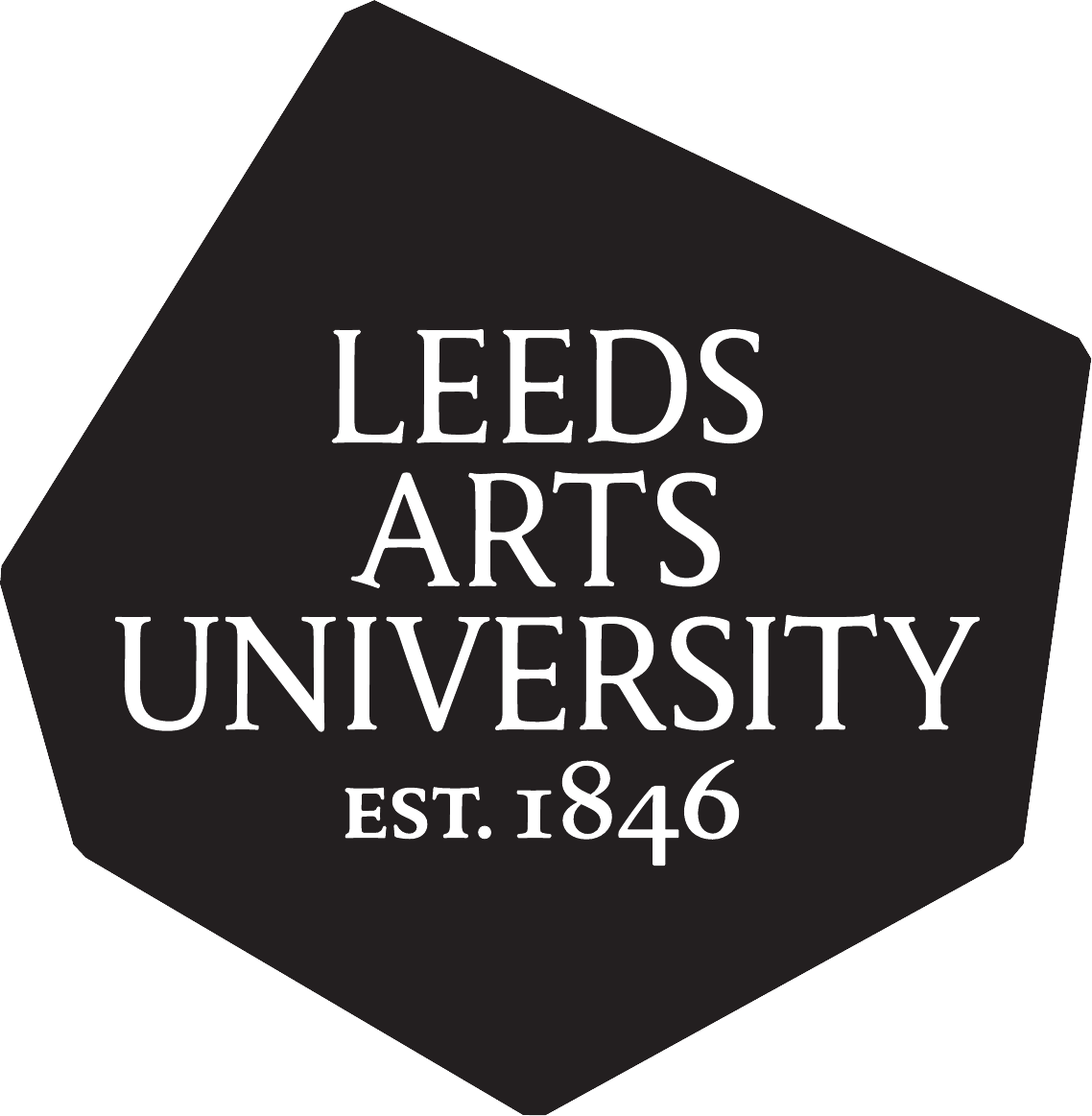Emma’s navel: Dorothea Tanning’s narrative sculpture
McAra, Catriona 
Abstract
In her critical essay, ‘Some Parallels in Words and Pictures’ (1989), the American artist and writer Dorothea Tanning (1910-2012) noted a literary dimension to her enigmatic soft sculpture ‘Emma’ (1970). With explicit reference to Gustave Flaubert’s protagonist Madame Bovary (1857), Tanning, a voracious reader, fabricated her own Emma. I use ‘Emma’ to tug at the late surrealist/postminimalist crux in order to reposition Tanning in a more theoretical context. In particular, ‘Emma’ can be read through Mieke Bal’s intertextual notion of the “navel of the text” (2001). Tanning, in turn, can be said to embody Flaubert’s contradictory character as a form of “autotopographical” critique (Bal, 2002). This chapter, therefore, presents a methodological model for art historical and literary analysis, contributing to the growing body of research on underrepresented feminist-surrealist artists. The essay volume, edited by Patricia Allmer, was reviewed favourably by Dr Christine Conley in Racar 42 and mentions this chapter specifically: “Catriona McAra’s criss-cross reading of Dorothea Tanning’s soft sculpture Emma, 1970, with the literary character Emma Bovary positions the sculpture as an intermedial visual object that evokes, in its material specificity, the fetishization of the female character in Gustave Flaubert’s novel and the navel as (maternal) signifier. As an example of Mieke Bal’s “theoretical object” or an art “that thinks,” Tanning’s Emma disrupts modernist and surrealist codes of femininity and art making” (2017, 91).
Actions (login required)
 |
Edit Item |

